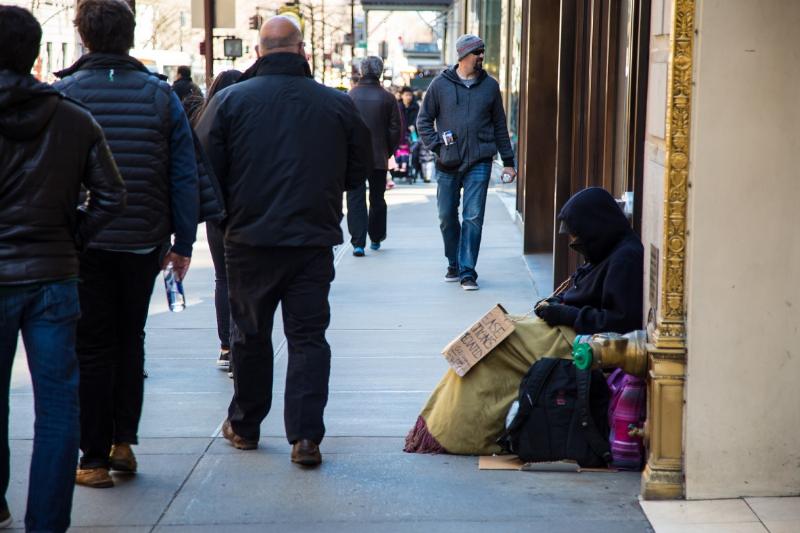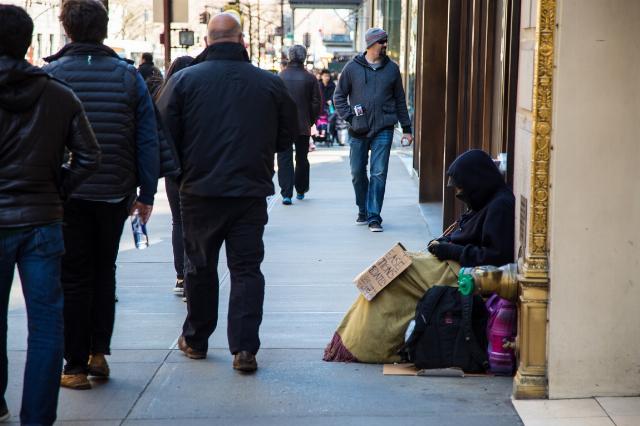


Much has been made of the New York Times front page, above the fold image of what was claimed to be a child suffering from malnutrition in Gaza. The picture of the child, Mohammed Zakaria al Mutawaq, was used as the poster child for starvation in Gaza. The image went viral. Except that the child suffers from a genetic disorder and not malnutrition. The New York Times finally acknowledged that Mohammad suffered from a genetic disorder but doubled down on the dubious claim that he was suffering malnutrition. Another photo, not published by the Times, clearly shows Mohammad’s mother and a non-starving sibling. This does not mitigate suffering in Gaza, but it does indicate that either Mohammad’s mother was deliberately starving him and feeding his brother, or this was not the cause of the little boy’s distress.
Unfortunately, and to the permanent shame of the Times, this image is one of an endless series of such images printed by that paper. Hamas seemingly has a pipeline to several pages of the front section daily. The Times publishes the pictures with accompanying glossy graphs and charts to feature and highlight the starvation that the Times wants to convince is happening in Gaza. The steady drumbeat of emotional photography from Gazan photographers likely affiliated with Hamas with statistics coming directly from Hamas via the Hamas Ministry of Health does have its effect.
What a big heart! The Times wants you to believe that it cares so deeply about hunger and misfortune. They want you to believe that they care so much that they are willing to rely on the evidence provided by an international terrorist organization. To make you care as much as they do, the Times is willing to run photographs of sick children -- not starving children -- and claim they were starving based on Hamas information. In fact, they care so deeply that they must invoke the blood libel that the IDF -- i.e. the Jews -- are intentionally starving these children. Never mind that Gaza is a war zone and that people face suffering in war zones for many reasons. Never mind, as Col. Abdullah Halabi, from the Coordination of Government Activities in the Territories (COGAT), told reporters that around 1,000 truckloads of aid remain undelivered “due to a lack of cooperation from the international community and international organizations.” Never mind also that Israel is air dropping food into Gaza. If the New York Times could virtue signal more efficiently by claiming the Jews bake the blood of non-Jews into their matzah crackers then so be it, it would.
Yet we know that the Times doesn’t actually care about hungry children. Gaza is 5,700 miles from the Times swanky main office at 620 8th Avenue in Manhattan. There may or may not be a hunger problem in Gaza. It gets to the front page all the time. Yet hunger is rampant in New York City all around the Times office. Reporters working at the Times need to step over hungry people on the street to get to work. In their rush to publish Hamas propaganda of possible hunger 5,700 miles away Times employees had to sit next to homeless, hungry, and broken people on their subway ride to work, pass hungry children on the street, and ignore literal cardboard signs of desperate people begging for food.
 City Harvest, a charitable organization that feeds the hungry, claimed in 2024 that 1 in 4 children in New York City do “not always know where their next meal will come from.” They site a report from the organization Feeding America for this statistic (not Hamas). There are an estimated 1.7 million children currently living in New York City (according to Google AI). That means that 425,000 children do not always know where their next meal is coming from (according to my calculator and again not Hamas).
City Harvest, a charitable organization that feeds the hungry, claimed in 2024 that 1 in 4 children in New York City do “not always know where their next meal will come from.” They site a report from the organization Feeding America for this statistic (not Hamas). There are an estimated 1.7 million children currently living in New York City (according to Google AI). That means that 425,000 children do not always know where their next meal is coming from (according to my calculator and again not Hamas).
Further the problem of hunger is rising in New York. In 2023 food banks in the city received more than one million visits. This number is up over 100 % from pre-pandemic levels. City Harvest reports that “63% of NYC households with children struggle to make ends meet -- 19 percentage points higher than households without children.” All these statistics come from a City Harvest analysis of FeedNYC data and not from any group classified as a terrorist organization by the United States government, the U.K. and the E.U
This is happening in the city directly surrounding the Times office. Zero miles away.
Homelessness is another catastrophe in New York City. According to the Coalition for the Homeless, “homelessness in New York City has reached the highest level since the Great Depression of the 1930s. In May 2025, 106,875 people slept each night in NYC shelters. Thousands more (there is no reliable number, as the annual HOPE estimate is deeply flawed) slept unsheltered in public spaces.” This included “36,485 children with “More than 146,000 NYC schoolchildren experienced homelessness at some point during the 2023-2024 school year, representing one in eight children attending city schools.”
The fact is that the editors, the business managers, the columnists, the salespeople, the human resources folks, the administrators, and everyone else who works for the New York Times literally -- not just figuratively -- steps over a real, factual crisis of housing and hunger every single day. A crisis that involves children and families. Then they publish and opine a questionable crisis, whose information comes from a terrorist group, in a war zone 5,700 miles away. What war is occurring in New York City to cause this problem of food and housing? What terrorists are hiding in residential buildings? What hostages are being held? What terror tunnels are under New York City? In other words, what justifies any of this?
The truth is that real hunger -- not Hamas propaganda -- is all around the New York Times home office. If the paper cared about hungry children, it wouldn’t need Hamas to provide the journalism. The same is true of all the newspapers in our big cities; the Washington Post and the LA Times and the Seattle Times and my hometown Pittsburgh Post Gazette. This leaves me with a question. A question of feelings of guilt. To lay blame on an IDF soldier for not providing sufficient rations when he or she is away from family for months at a time, away from their jobs, away from their schooling, at continual risk of permanent injury or death when you -- the newspaper staffer -- have all these things. You live in comfort. Yet you step over and around the poor and you bury stories about the problem deep within the paper. Every day. So, I ask you, does it ease your guilty consciousness to issue blood libel against others?
Image: Public Domain Pictures
